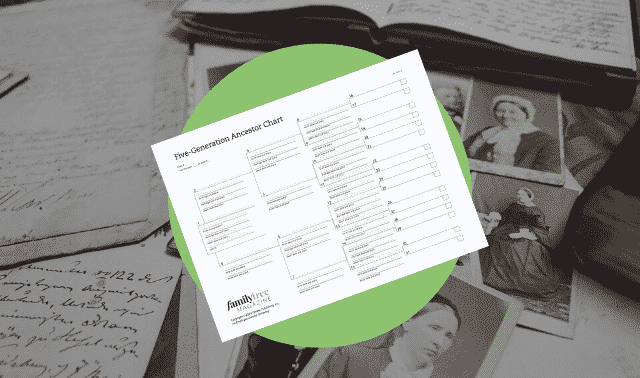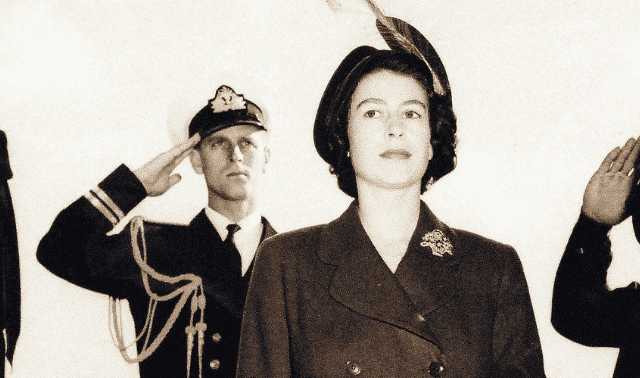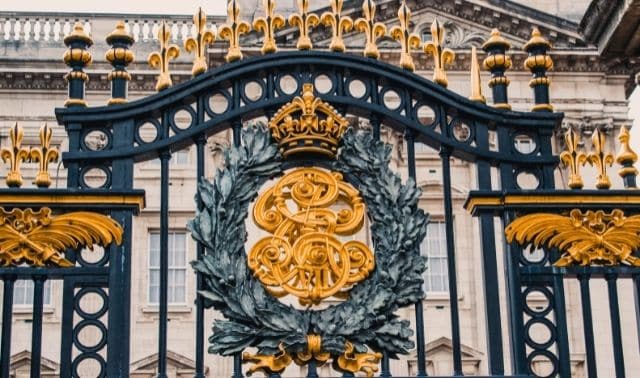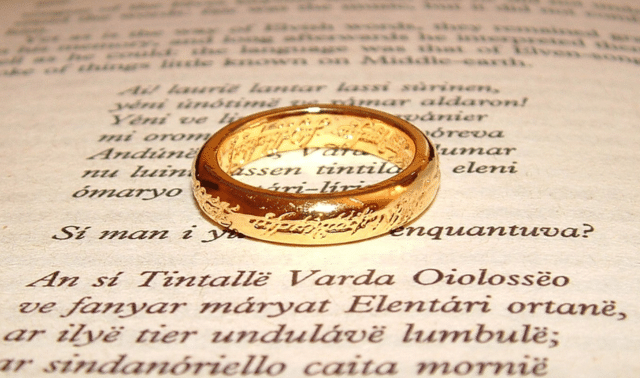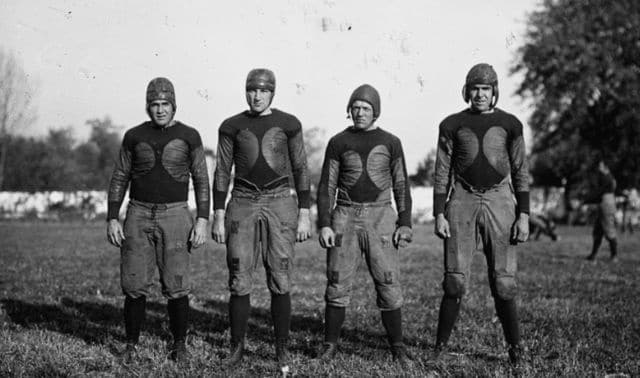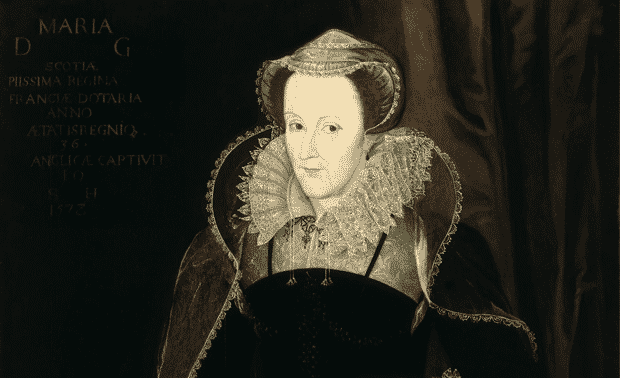Sign up for the Family Tree Newsletter! Plus, you’ll receive our 10 Essential Genealogy Research Forms PDF as a special thank you.
Get Your Free Genealogy Forms
"*" indicates required fields

Archduke Franz Ferdinand’s assassination in 1914 drew most major European powers into war. But some of the sparring countries had an unusual thing in common: Their leaders were cousins. This made World War I something of a family affair.
We have the United Kingdom’s Queen Victoria—called the “Grandmother of Europe”—to thank for this historical anomaly. Let’s take a look at the royal family tree to see how Queen Victoria’s grandchildren fought each other in the “war to end all wars.”
Marriage Alliances: Queen Victoria’s Nine Children
Queen Victoria and her husband, Prince Albert, wanted to expand British influence in Europe. As they themselves were first cousins, they knew firsthand the importance of consolidating royal power via marriage.
ADVERTISEMENT
They had nine children, each of whom married important European royal families. These children (and the grandchildren that resulted from the marriages) spread Victoria’s genes all around the continent:
- Victoria (called “Vicky”) married into Prussian nobility. Her husband, Frederick III, died after serving just 99 days as German emperor. Their son Wilhelm, became Germany’s Kaiser Wilhelm II, and their daughter Sophia married Constantine, the future king of Greece.
- Albert Edward inherited Victoria’s crown upon her death, becoming King Edward VII of the United Kingdom. He married Alexandra of Denmark, whose father ascended to the Danish throne the same year. Their son George V inherited the British crown, while their daughter Maud married Prince Carl of Denmark (later King Haakon VII, king of Norway).
- Alice had seven children before dying young, at the age of 35. One of her children (“Alix,” or Alexandra) married the man who would become Tsar Nicholas II, emperor of Russia.
- Alfred ruled as Duke of Saxe-Coburg and Gotha (a German Duchy). His daughter Marie became queen of Romania when she married Crown Prince Ferdinand (later, Ferdinand I).
- Helena married the prince of the German province of Schleswig-Holstein. Though she had four children who lived to adulthood, none of them had legitimate children.
- Louise died without having children. She married a British nobleman named John Campbell, who became the Duke of Argyll.
- Arthur served as governor of Canada. His daughter Margaret married Crown Prince Gustaf Adolf of Sweden, but died decades before Gustaf ascended to the throne.
- Leopold was made Duke of Albany, but died young. His son, Charles Edward, was stripped of his titles after fighting for the Germans in World War I.
- Beatrice married a German prince. Her daughter Victoria Eugenie married King Alfonso XIII of Spain.
The Queen hoped this complicated web of alliances would keep Britain powerful and Europe peaceful. But once Victoria died in 1901, the familial connections began to degrade.

Family Feud: Victoria’s Grandchildren in World War I
When World War I broke out, Queen Victoria’s grandchildren served as (or had married) the kings or emperors of the UK, German, Norwegian, Romanian, Russian, Greek, Swedish and Spanish governments:
ADVERTISEMENT
- King George V of the United Kingdom (Victoria’s grandson via Albert Edward/Edward VII)
- Kaiser Wilhelm II of Germany (Victoria’s grandson via Vicky)
- King Haakon VII of Norway (husband of Victoria’s granddaughter Maud)
- Ferdinand I of Romania (husband of Victoria’s granddaughter Marie)
- Tsar Nicholas II of Russia (husband of Victoria’s granddaughter Alexandra)
- King Constantine I of Greece (husband of Victoria’s granddaughter Sophia)
- Crown Prince Gustaf Adolf of Sweden (husband of Victoria’s granddaughter Margaret)
- King Alfonso XIII of Spain (husband of Victoria’s granddaughter Victoria Eugenie)
The war saw Germany (along with Austria-Hungary and the Ottoman Empire) square off against a coalition of allies including the United Kingdom, Romania and Russia. This meant Wilhelm II was at war with his cousin George V and cousins-in-law Nicholas II and Ferdinand I.
Several of Victoria’s grandchildren and great-grandchildren died in World War I. Beatrice’s son sustained critical injuries in the war, as did two of Vicky and Frederick’s grandsons. (The latter, notably, were Kaiser Wilhelm’s nephews.)
Some leaders were content to let their cousins duke it out. Norway, Sweden and Spain remained neutral in the war, and Constantine I abdicated when it became clear he couldn’t guarantee Greek neutrality.
Royal Pains: Abdication, Murder, Disease
Heavy is the head that wears the crown! While being a member of the Victorian family tree certainly had its perks, Victoria’s descendants faced numerous challenges. Victoria carried a gene for hemophilia, a deadly genetic blood disorder that was passed down through the generations. Tsar Nicholas II’s son Alexei famously had the disease, as did Victoria’s son Leopold and several other royal family members.
Moreover, most of these monarchies didn’t survive the 20th century, when democracy and communism swept across Europe. Kaiser Wilhelm II abdicated after Germany’s defeat in World War I, and Bolsheviks drove Tsar Nicholas II (and thus his wife Alexandra) out of power and murdered his family. Marie and Ferdinand I’s grandson, King Michael I of Romania, was twice forced to abdicate and lived most of his life in exile. Constantine I of Greece likewise twice abdicated, and Victoria Eugenie and Alfonso narrowly survived an assassination attempt on their wedding day in 1906.
Victoria’s Royal Descendants Today
Several of Victoria’s issue remain on European thrones today. King Harald V of Norway, King Carl XVI Gustaf of Sweden and King Felipe VI of Spain all descend from Victoria and Albert.
As you might expect, Victoria’s descendants include the United Kingdom’s King Charles III. His parents, Queen Elizabeth II and Prince Phillip, were Victoria’s great-great-grandchildren, making them third cousins to each other. Charles inherited the crown from Elizabeth, who inherited it from her father George VI (a descendant of Albert Edward/Edward VII). Phillip descended from Victoria’s daughter Alice.
Related Reads
Last updated: September 2022
ADVERTISEMENT

